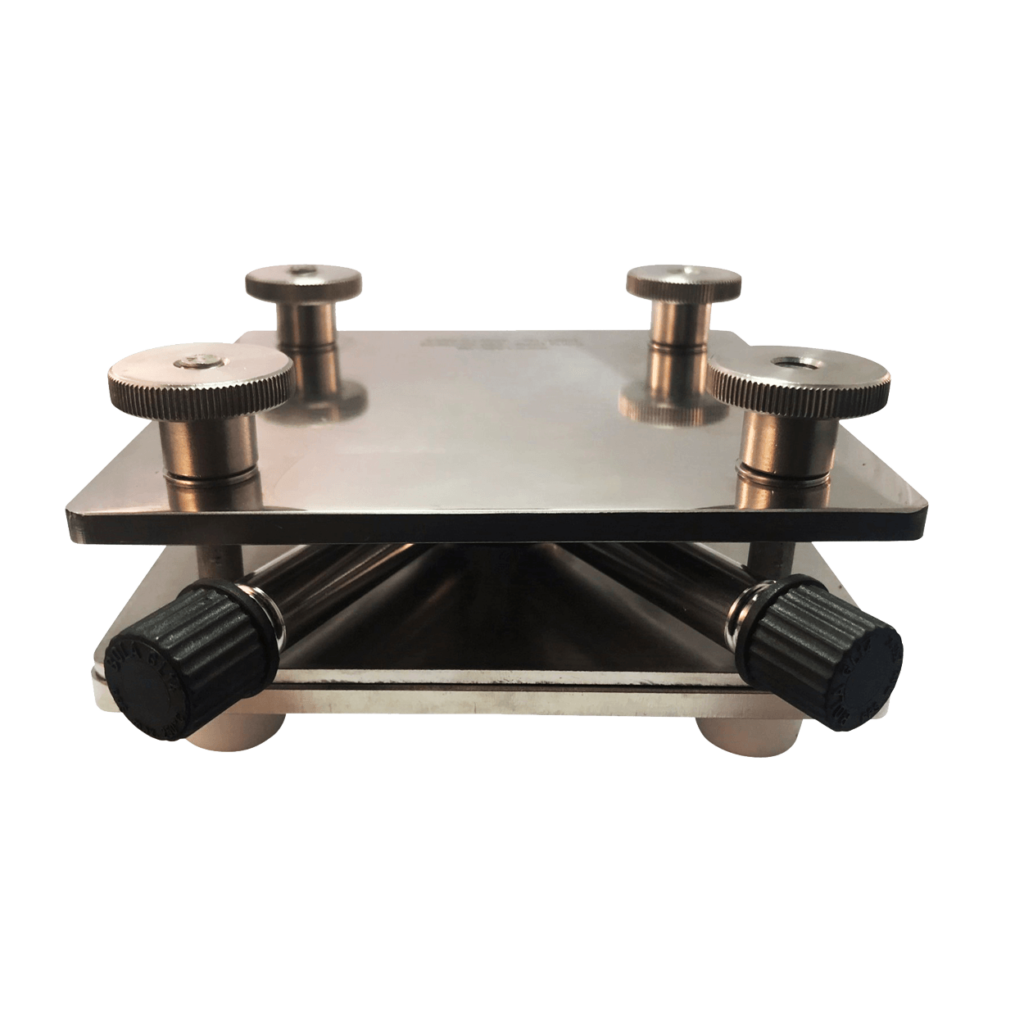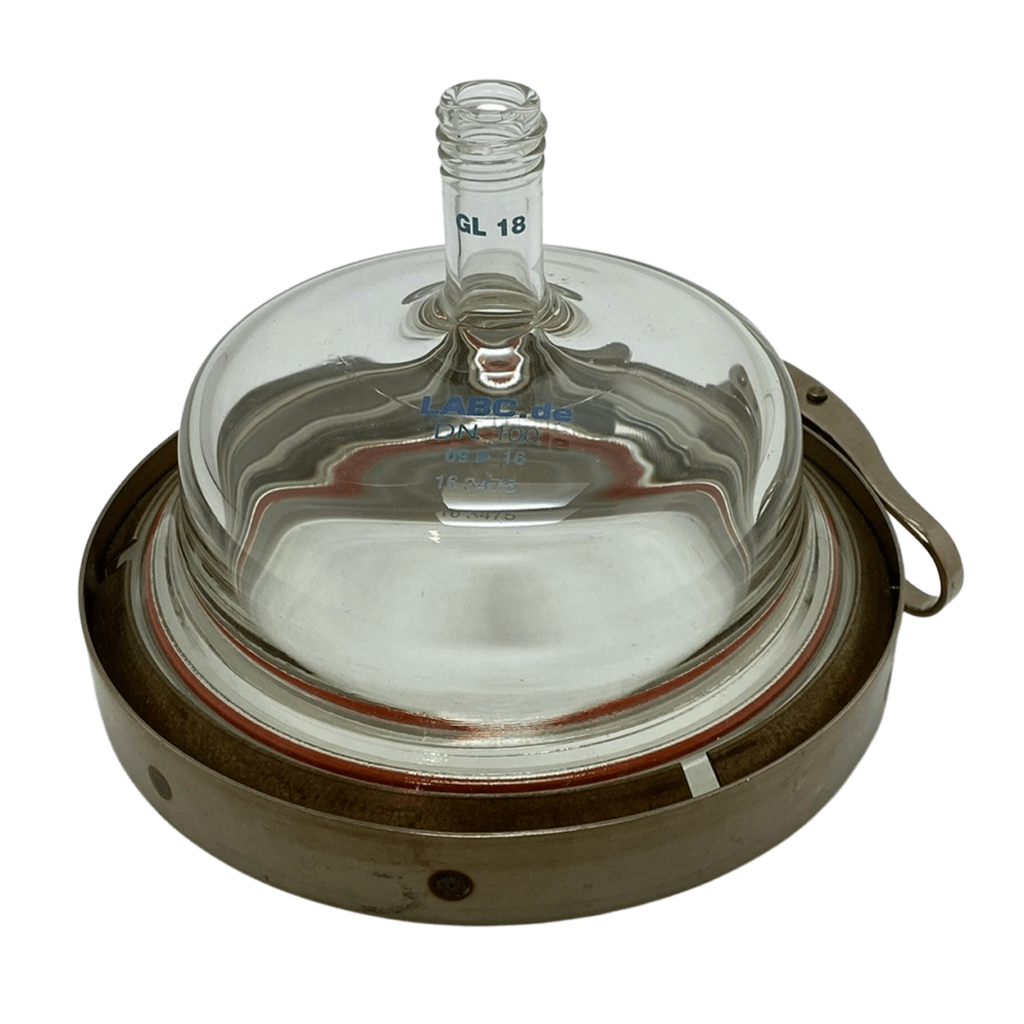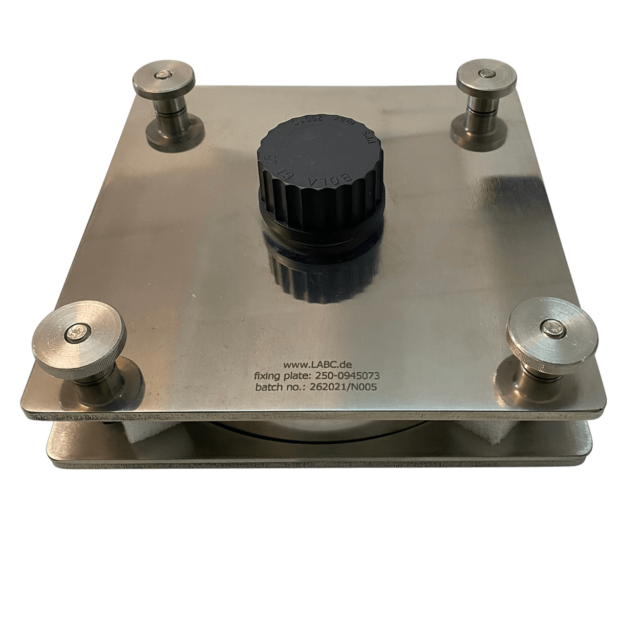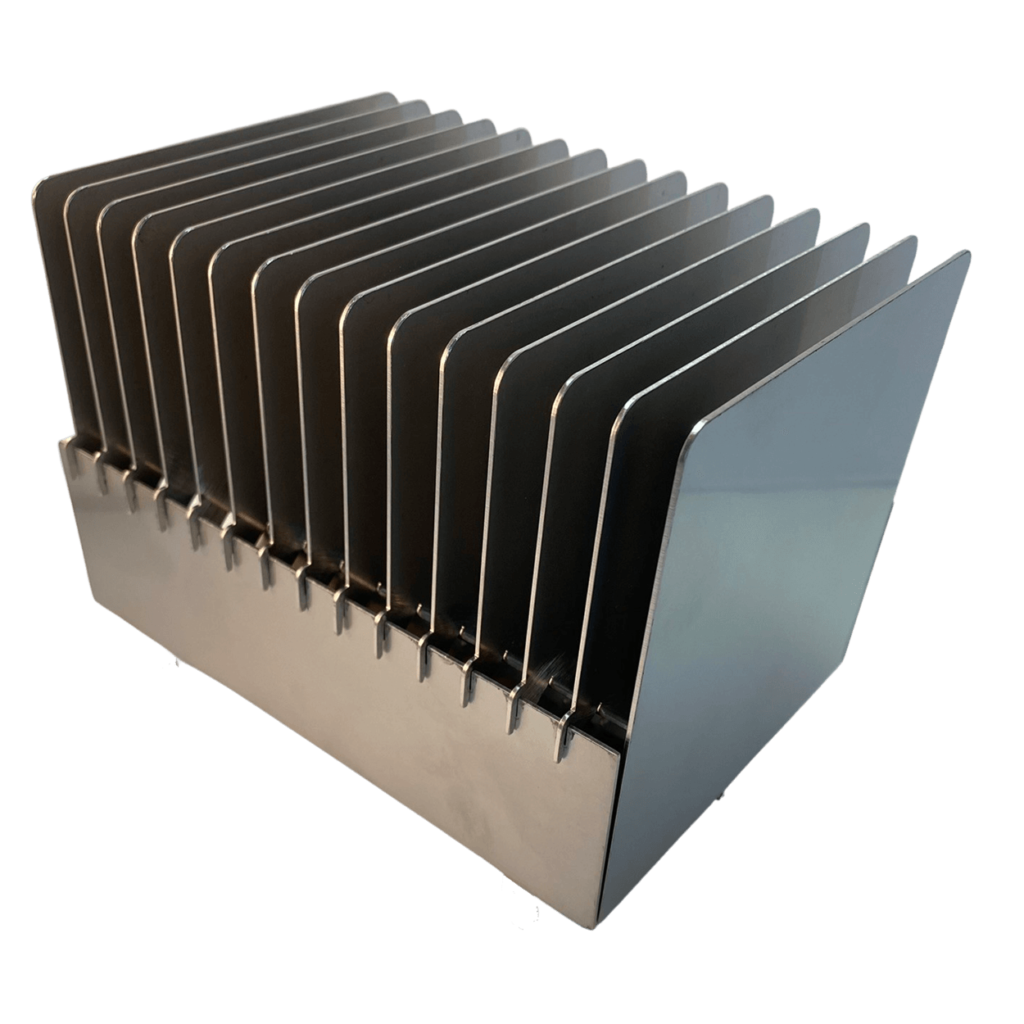Migration
Food contact materials such as food packaging protect the contents inside. They are provided with information, both for consumers and for the entire supply chain up to retail, wholesale and foreign trade. The packaging materials used are plastic, cardboard/paper/cardboard, aluminium, tinplate, glass and composite film. Without suitable packaging, many foods cannot be stored and are therefore not marketable. On the supermarket shelf, consumers first see the packaging.
Migration testing is about detecting the transfer of ingredients of adjacent materials. The definition for the food law conformity of packaging materials is analogous:
Materials and articles shall be manufactured in such a way that, under normal and foreseeable conditions of use, their material constituents migrate into a food only in such small quantities that they do not endanger health and do not affect the food in terms of odour and taste.
Application of our migration cells
Migration tests are carried out as simulation experiments. These are best carried out using migration cells. It has proven successful not to work with migration cells of a certain standard size, but to use cells of different sizes and materials appropriate to the problem.
The advantage of a migration cell is that the one-sided contact can really be simulated without cutting edges or other effects. To achieve comparable results, the tests are carried out under standardized test conditions, such as test duration, test temperature and test medium (food simulant), which correspond to the most unfavourable and foreseeable conditions of use of the plastic material or object.
Measuring the migration of migratory substances from packaging materials requires good analytical and laboratory expertise, e.g. to obtain reliable analysis data based on high-resolution GC or LC and coupled mass spectrometry.
Our migration cells are also used in the field of sensory analysis in combination with a taste test set or the Scharfenberger odour tester.




